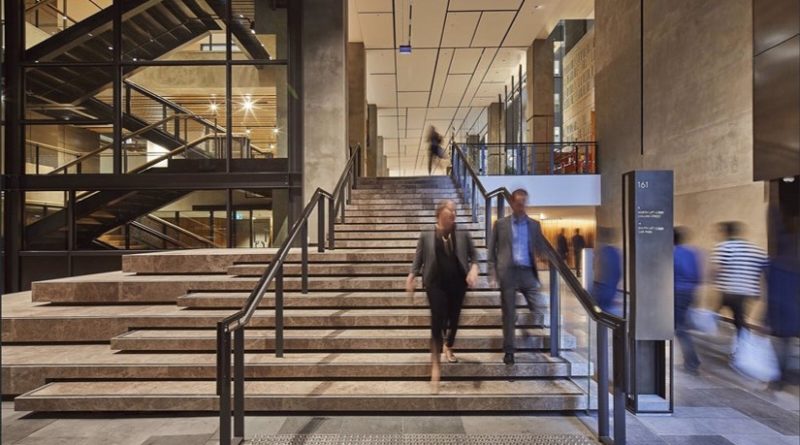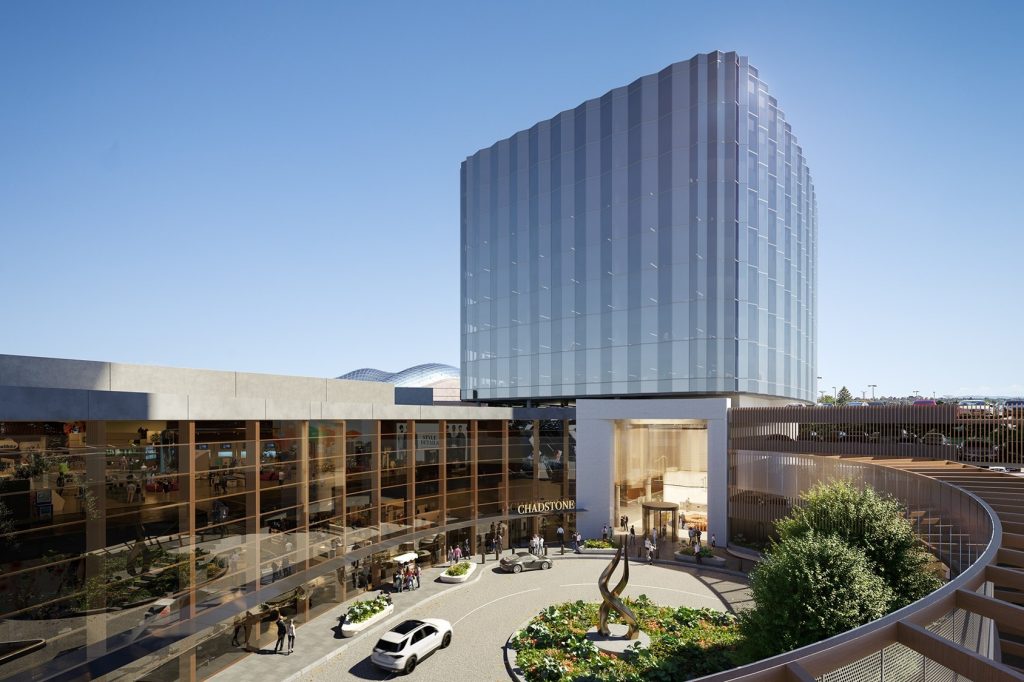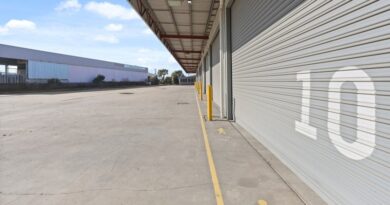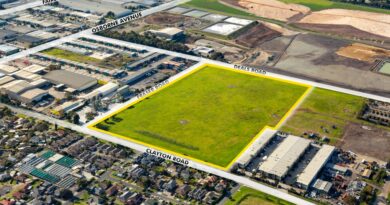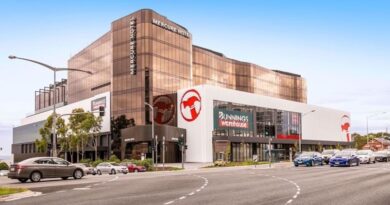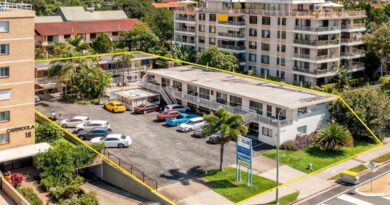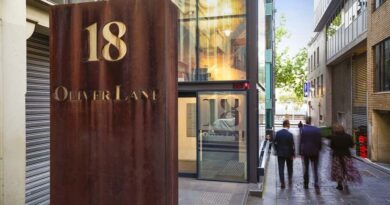Fortune favours the tenant as office vacancy rises again
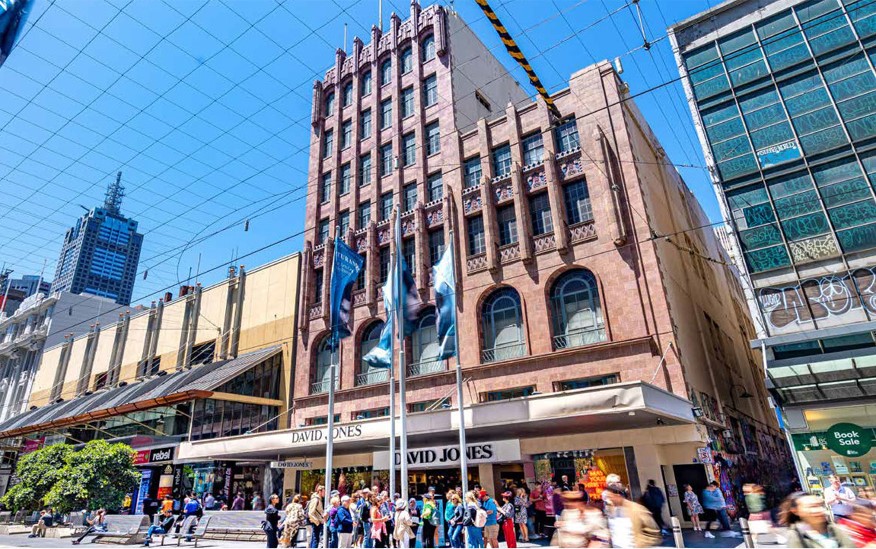
Supply is again the leading reason for a rise in national CBD office vacancy – to 12.5 per cent from 12pc in August, according to the Property Council of Australia’s bi-annual Office Market Report, released today.
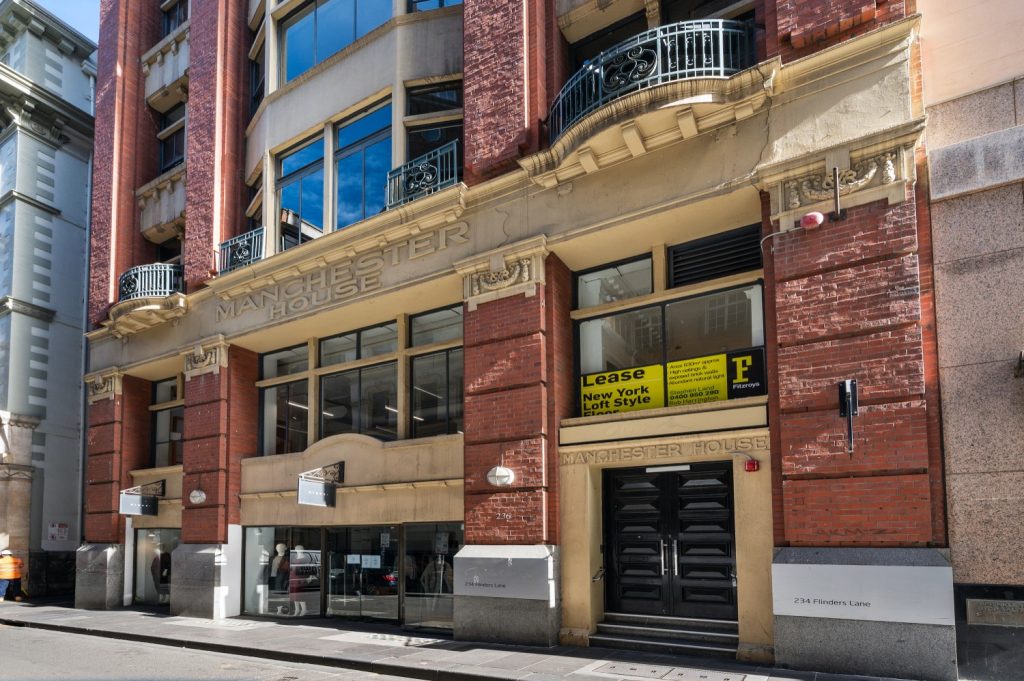
As opposed to six months ago and last February, however, demand for space, particularly Premium and A-grade quality, is increasing.
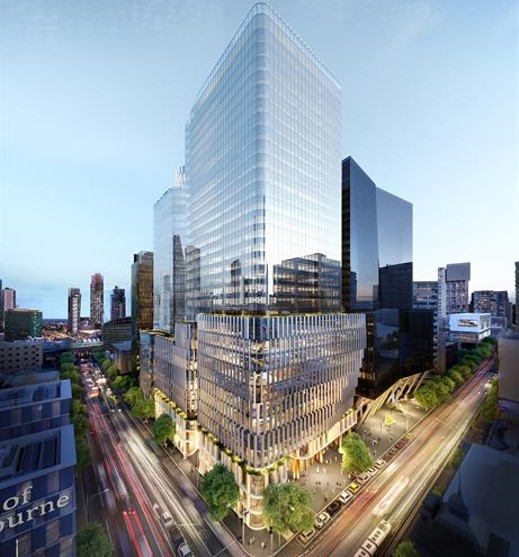
Tenant enquiry rose one per cent in the second half of last year; agents say the strongest demand came in the fourth quarter.
But with even more part-empty new offices set to be added to the PCA stocklist in its next [August 2023] report, brokers estimate the vacancy rate will continue to hover at the lower end of between 12-14pc all year.
Fortune favours the tenant
On the east coast, city and fringe markets are still competing with suburban offices for small to mid-size tenant clients, as business managers continue to get creative in an attempt to entice staff out of home – with many considering a less dense environment a luring factor.
However, with much of the CBD supply being owned by institutions – and with capital value attached to lease covenants – the biggest bargains, for occupiers, could come from towns or fringe markets where supply could spike like, in Melbourne, Collingwood, Cremorne or Fishermans Bend.
National snapshot
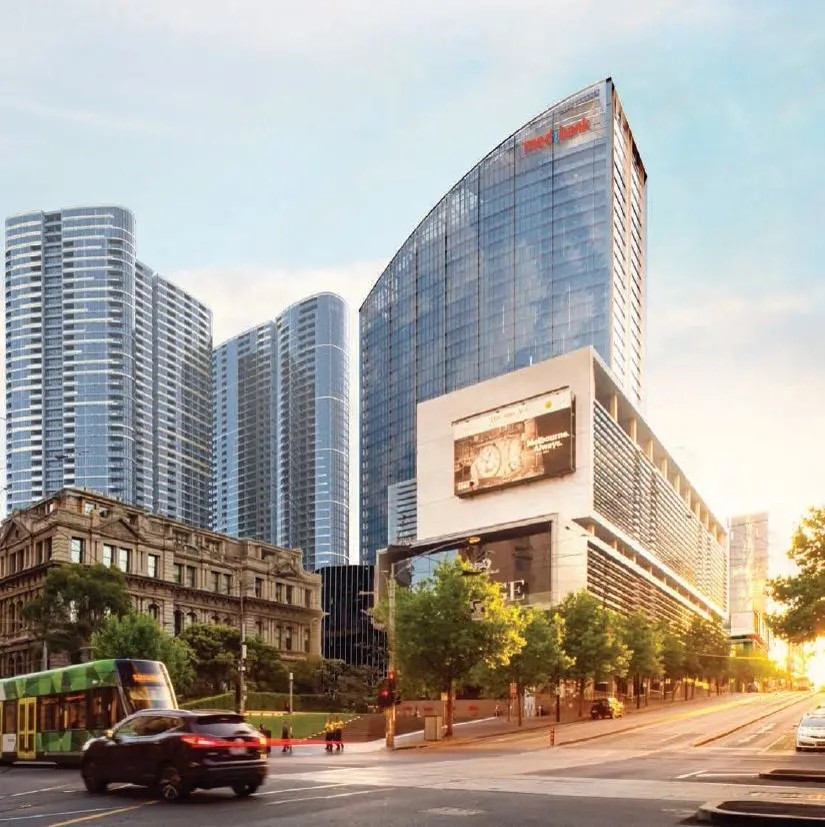
Office vacancy fell slightly in the Brisbane CBD – to 12.9pc from 13.9pc – and Perth (15.8pc from 15.6pc).
In the country’s biggest market, Sydney, the amount of empty area rose from 10.1pc to 11.3pc.
Compared to six months ago, there is now also more space available in Adelaide (where vacancy is 16.1pc), Canberra (8.9pc) and Melbourne – the latter with a vacancy of 13.8pc.
Again, Hobart has performed strongly; only 2.5pc of its CBD office accommodation is untenanted.
Bleeding stops in Melbourne
JLL’s James Palmer said Melbourne’s fringe market performed better than the CBD.
In its suburbs, he added, tenants took 80,000 sqm more space than they vacated for the calendar year.
“On the supply side, both the CBD and fringe market remain highly active, with more than 200,000 sqm under construction,” according to the executive.
“There was, however, just one whole building refurbishment which was completed in 2022, delivering 25,100 sqm…into the CBD.
“This is on the back of approximately 500,000 sqm of new developments which completed in the CBD over 2020-2021.
“Demand also remains high in the smaller tenant cohort (less than 1000 sqm), which represented a large percentage of leasing demand within the CBD market in 2022.
“Further to this, the emergence and demand for speculative suites has greatly demonstrated a trend of tenants returning to the workplace and an appetite for organisations to provide a new fitout to entice employees back to the office.
“Sublease space also decreased in 2022 and is anticipated to further retract throughout 2023.
“Throughout 2022, the adaption of the hybrid work model has had an opportunity to play out for more than 12 months post lockdown, resulting in tenants being able to better predict how their office space requirements may look moving forward.
“As a result, the CBD market is moving further towards its post pandemic norm as more tenants embrace new workplace strategies”.
ESG, from both a corporate governance and policy perspective, is also a demand driver, Mr Palmer said.
The Melbourne CBD office vacancy rate 12 months ago was 8.2pc.
Market still shifting: agent
Cushman & Wakefield head of Office Leasing, Tim Molchanoff, said the major capital city office markets are still affected by shifting.
“Shifts in ways of working, the economic cycle and financial markets will all play a role in shaping tenant demand,” he added (story continues below).
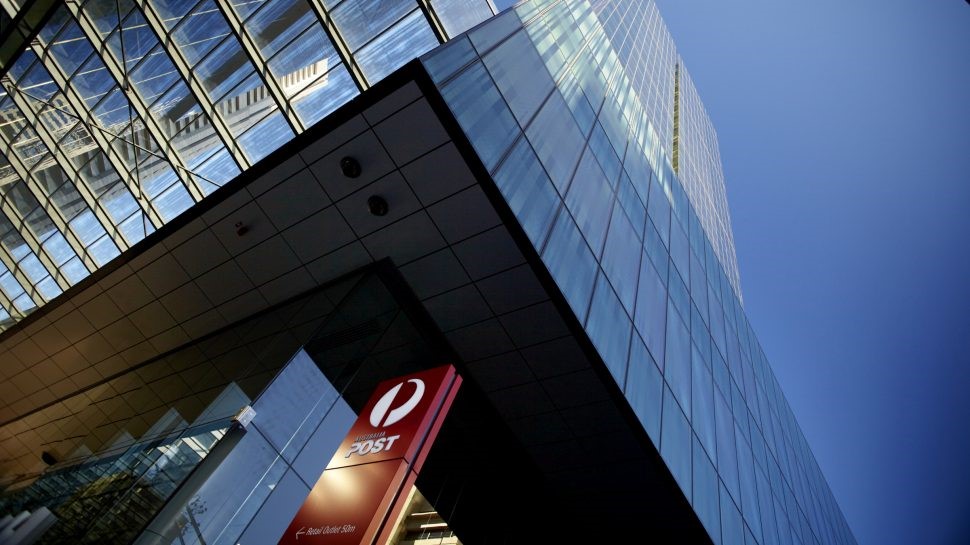
“The big ticket objectives last year of getting people back to the office and attracting talent in a tight labour market aren’t abating,” according to the executive.
“This is now leading occupiers, particularly smaller organisatons, to pursue quality space, albeit in some cases, smaller space, which will help rents stabilise or move higher in 2023.
We anticipate national office vacancy will sit between 12-14pc this year.
A limited supply of new space in Sydney should see its vacancy rate cushioned this year, agency’s Antonia Foweraker said.
Occupancy rates are expected to continue to tighten in Brisbane, which has no stock additions this year, Billy Miller, head of Office Leasing, Brisbane, added.
“Like the first half of 2022 we continued to see a flight to quality, with demand for premium space still strong, placing downward pressure on available premium space,” according to the executive.
“With continuing low unemployment rates, the war for talent remains and employers are looking for ways to retain staff.
“A flight to quality provides this, if they can find space, with higher quality fit-outs and more amenity providing incentives for employees to, first, come back into the office, second, remain with their employer or third, sign with a new employer”.
Flocking to town
In Melbourne, Clemenger last February quit its long time St Kilda Road headquarters to anchor the office component of Newmark Capital’s redevelopment of the ex-David Jones Menswear store, in the Bourke St Mall.
Also since the city came out of lockdown, Rodd & Gunn relocated its offices, from High St, Prahran, to Manchester House, in the CBD.
In December, mid-size IT group Gemba leased within the historic Carlow House, at the south east corner of Elizabeth Street and Little Collins Street – also vacating High St, Prahran.
This week, Allianz leased 6500 square metres within Charter Hall and GIC’s 555 Collins Street, replacing Enterprize House.
The insurer will join Amazon and Aware Super which also recently singed rental agreements at that proposed carbon neutral building.
CBRE’s head of Office Leasing, Mark Curtain, said demand for offices is increasing nationwide.
“The national office market has defied the negative sentiment that surrounded the office sector over the past 12 months, delivering exceptionally strong transactional activity in Q4, 2022,” he added.
“CBRE recorded a total of 210,000 sqm of transactions over 1000 sqm during this period, a significant increase over the previous year (157,000 sqm),” according to the executive.
“While there is little doubt flexible working will remain a key long term trend across the globe, corporate occupiers are acutely focused on securing best-in-class office solutions that will deliver a diverse offering of workplace settings and amenities to encourage their employees to return to work.
“Rental growth returned to the market throughout 2022.
“Face rental growth supported by a stabilization in incentives has delivered an average of five per cent effective rental growth across Australia’s capital cities.
“In Perth and Brisbane, double digit effective rental growth was recorded at 10pc and 11pc respectively.
“While incentives are still a factor, face rental growth has been notably strong in many of Australia’s trophy commercial towers with flight-to-quality remaining a key market driver.
“Development rents are also trending higher as a result of strong demand for new products, increasing tenant requirements around ESG, building services and amenities, and feasibility input pressures such as construction costs.
“Looking forward to 2023, the Australian CBD vacancy rate is expected to hover around 12.5pc for much of the year with new supply dropping over 40pc from the previous year”.
Melbourne is set for 200,000 sqm of new supply over the next 24 months.
Subscribe to our newsletter at the bottom of this page.

